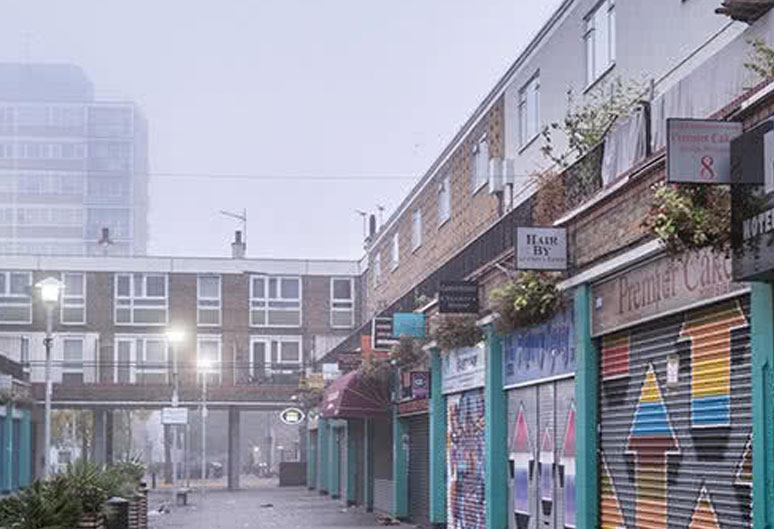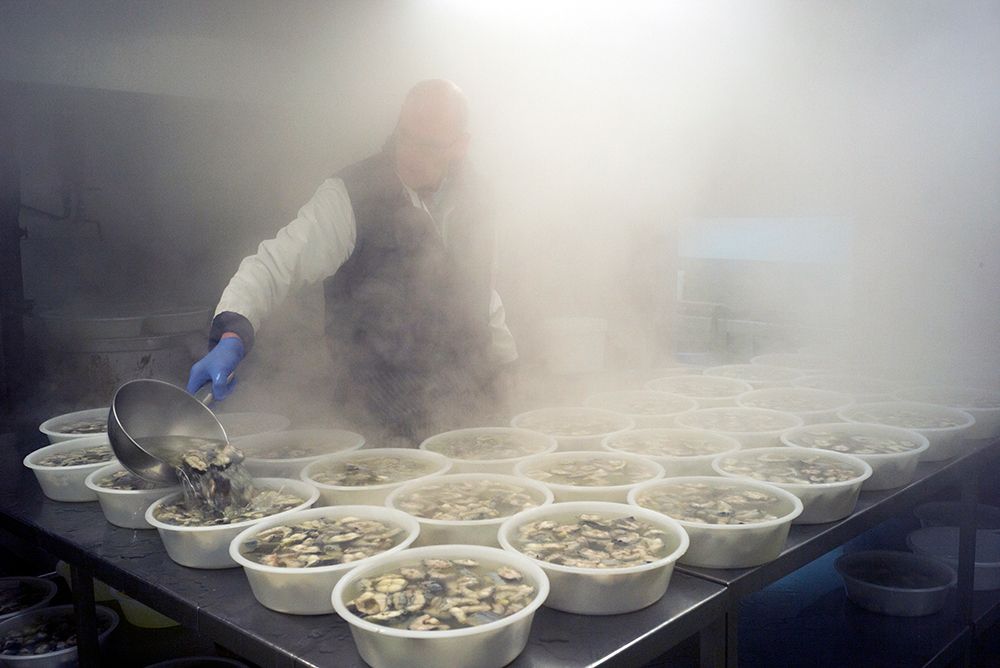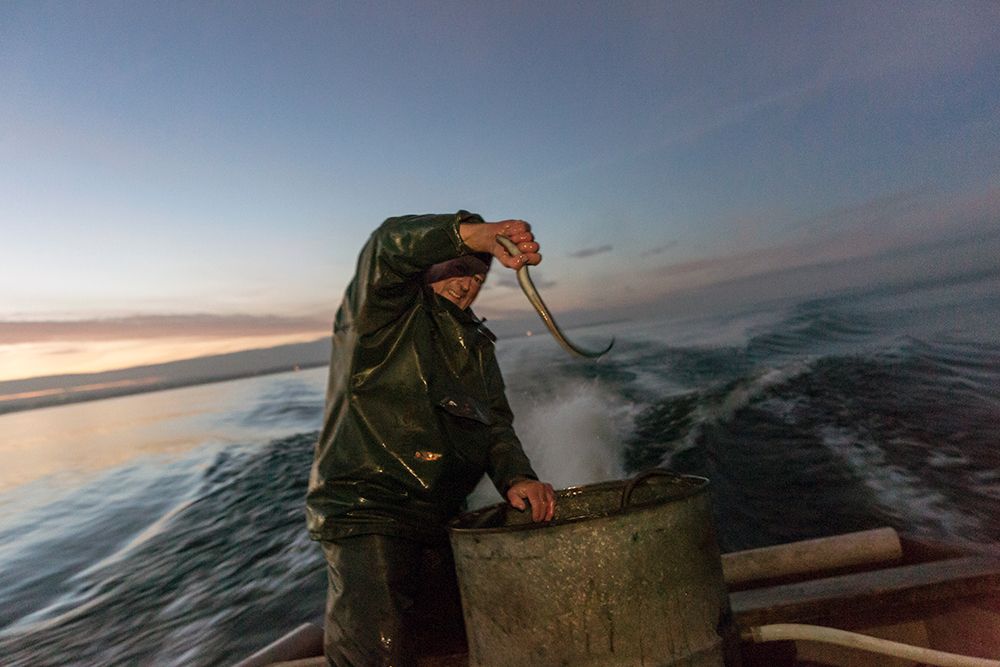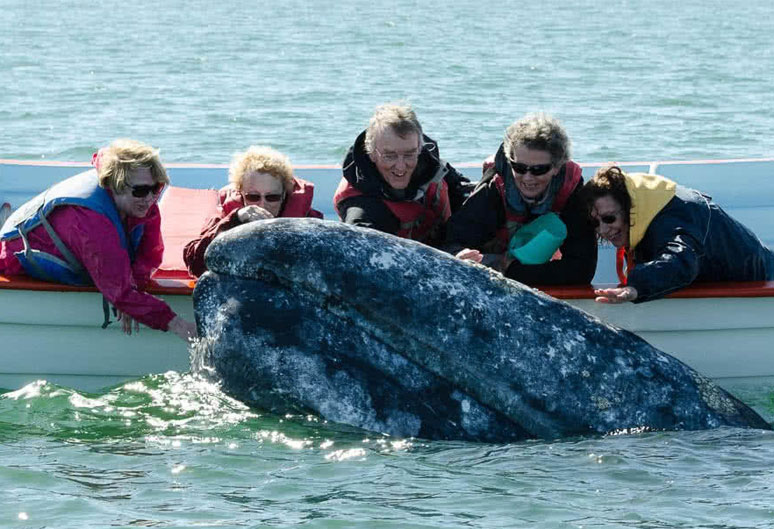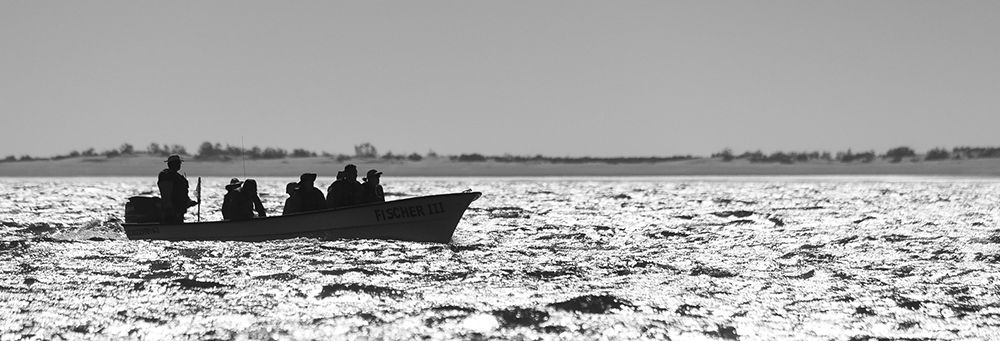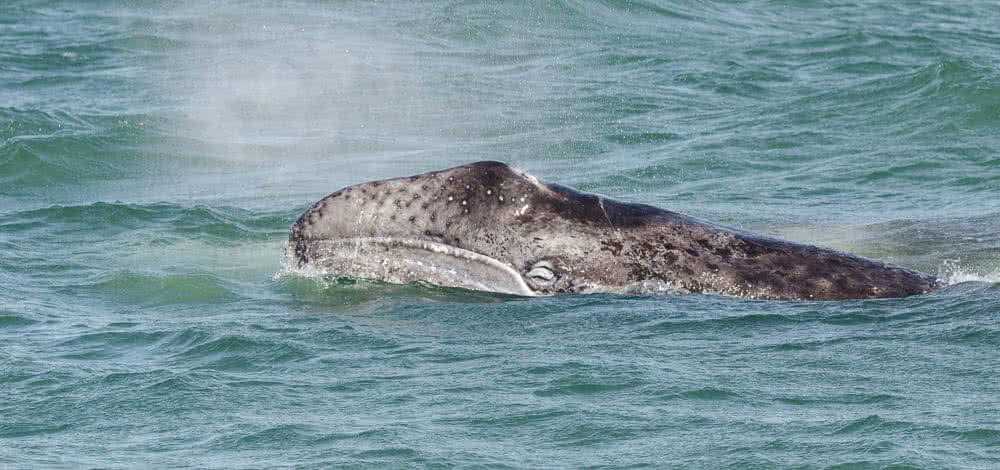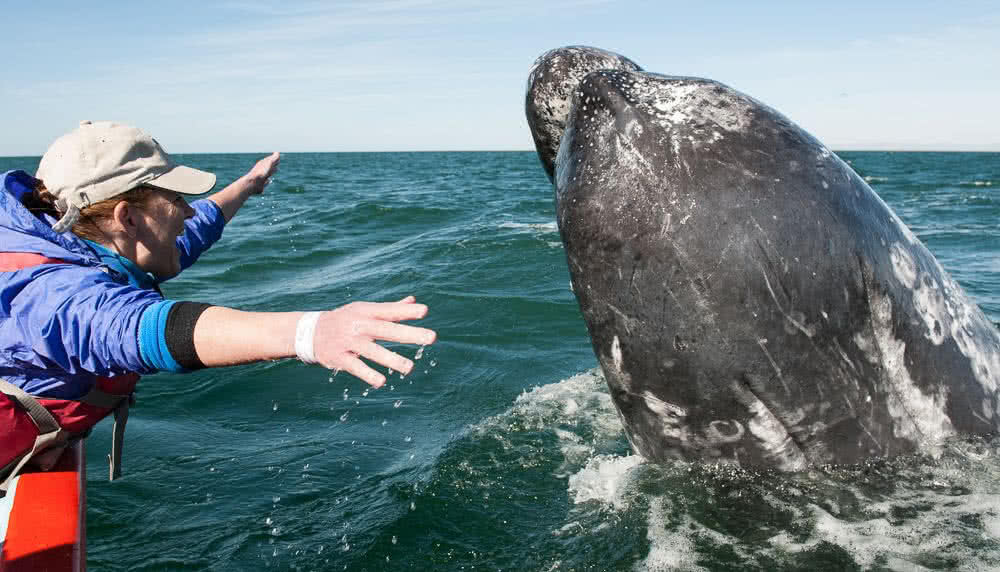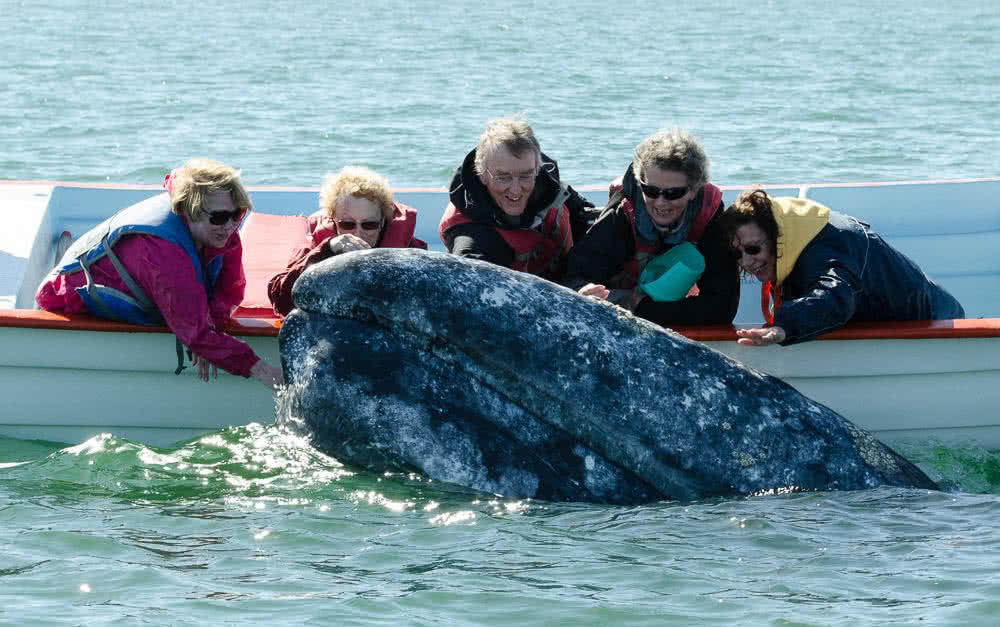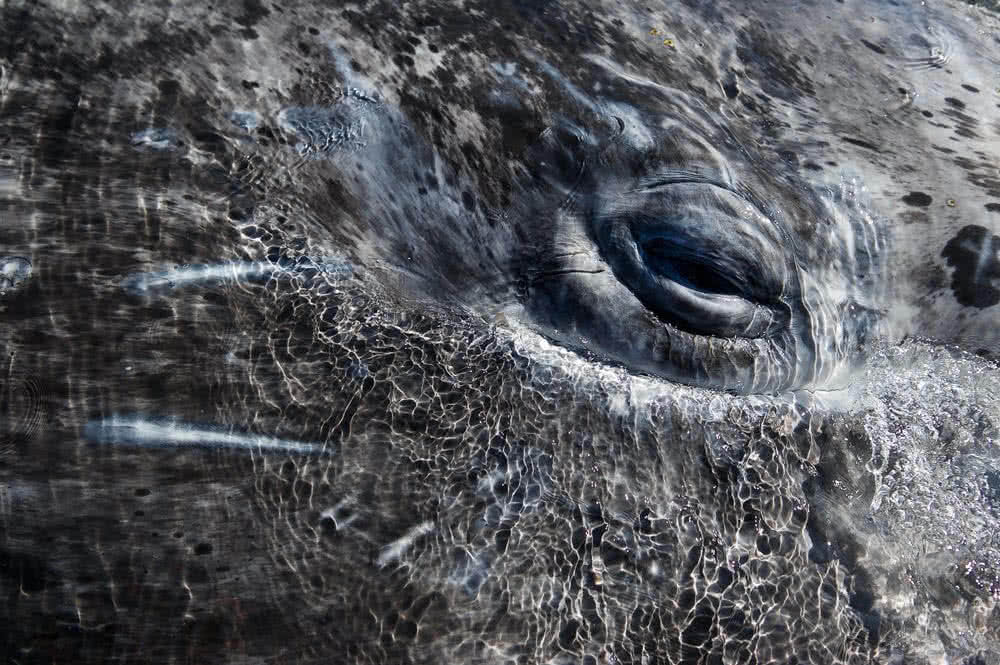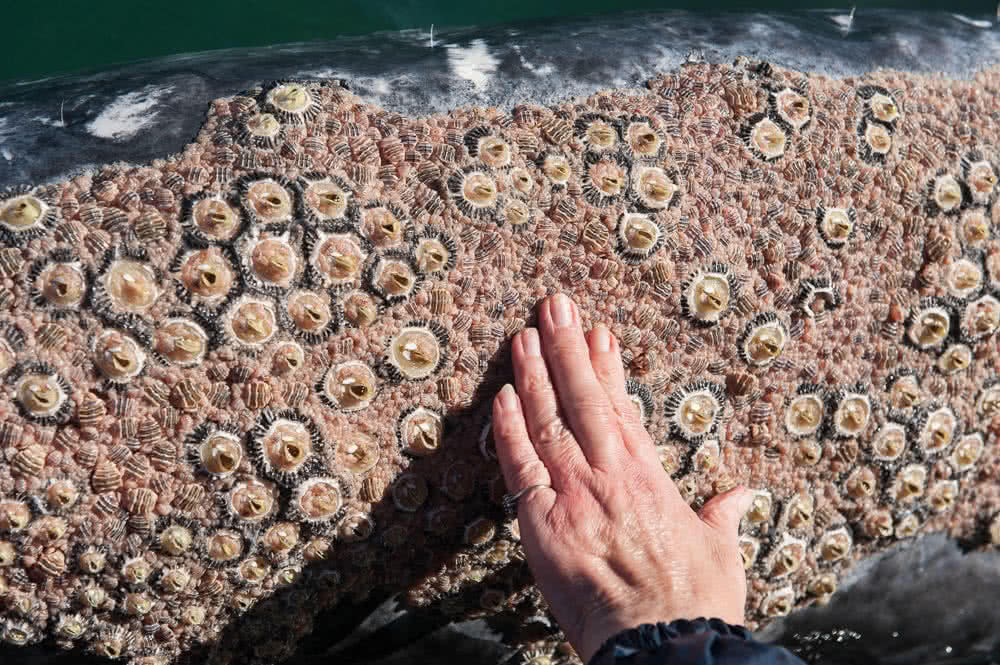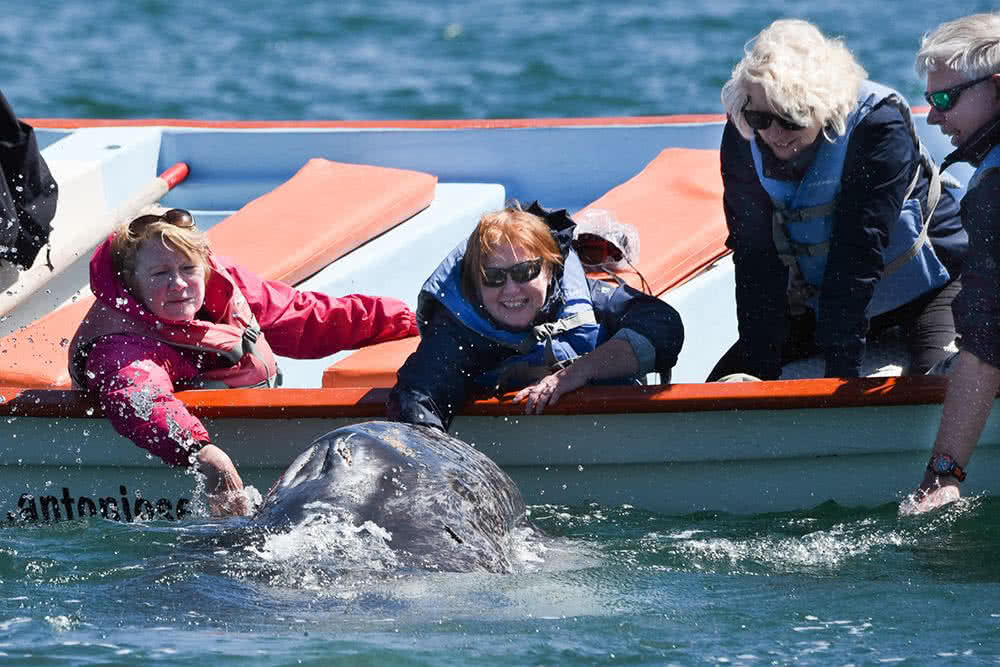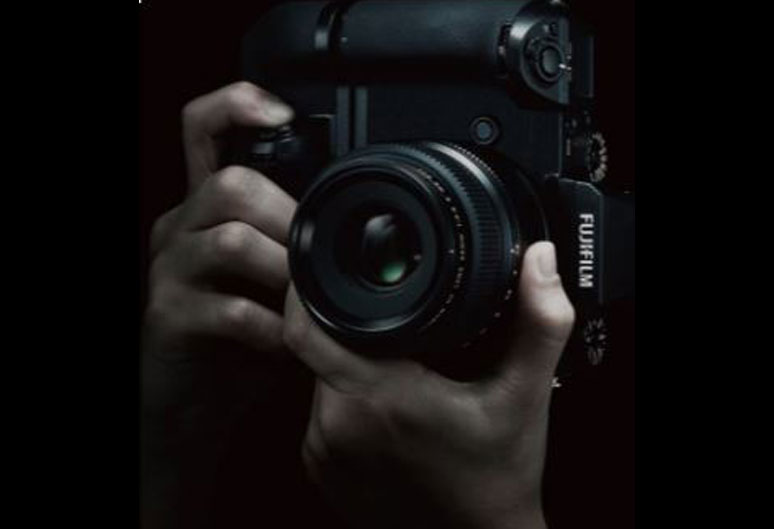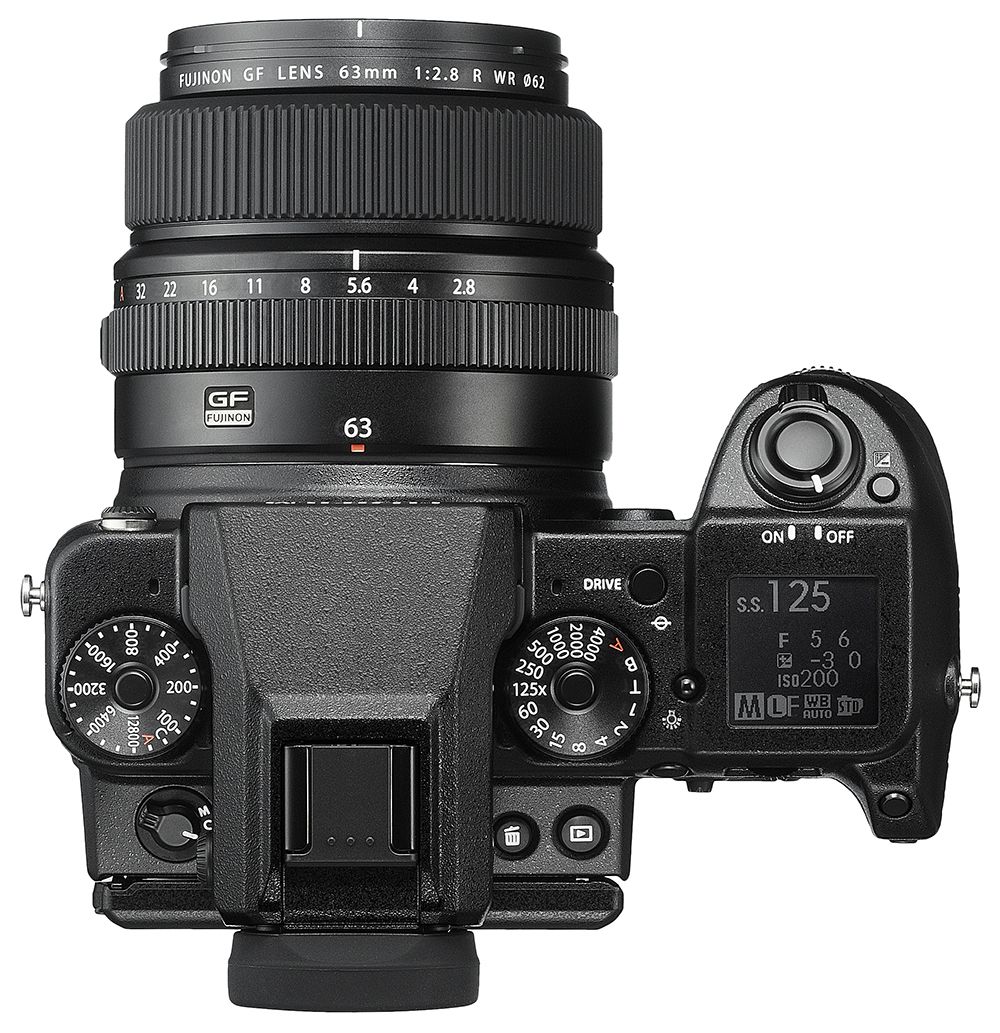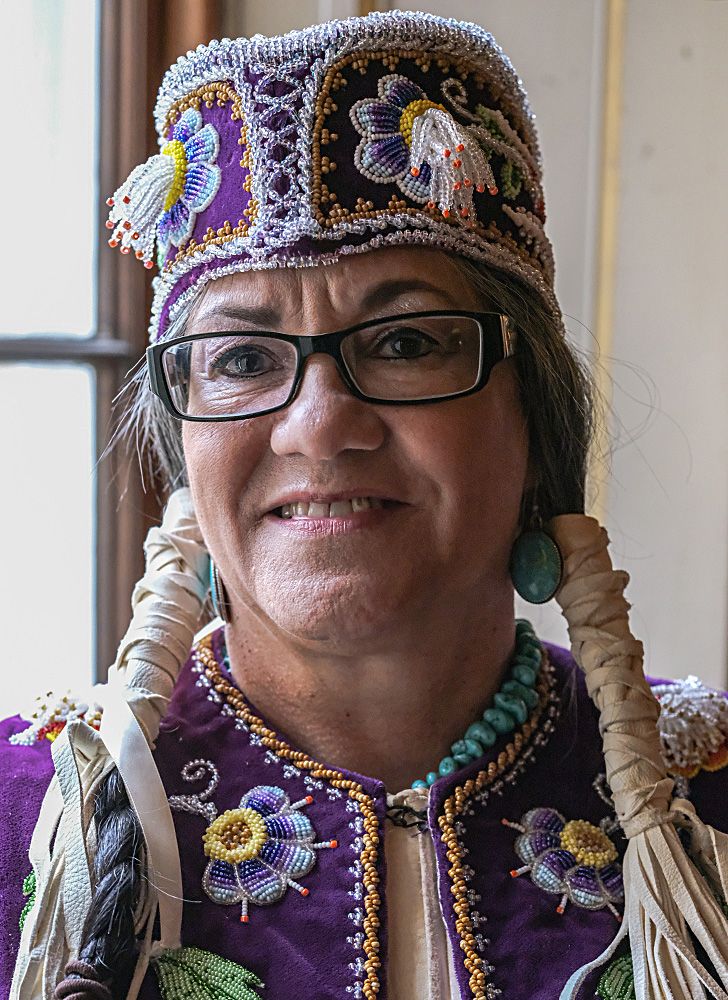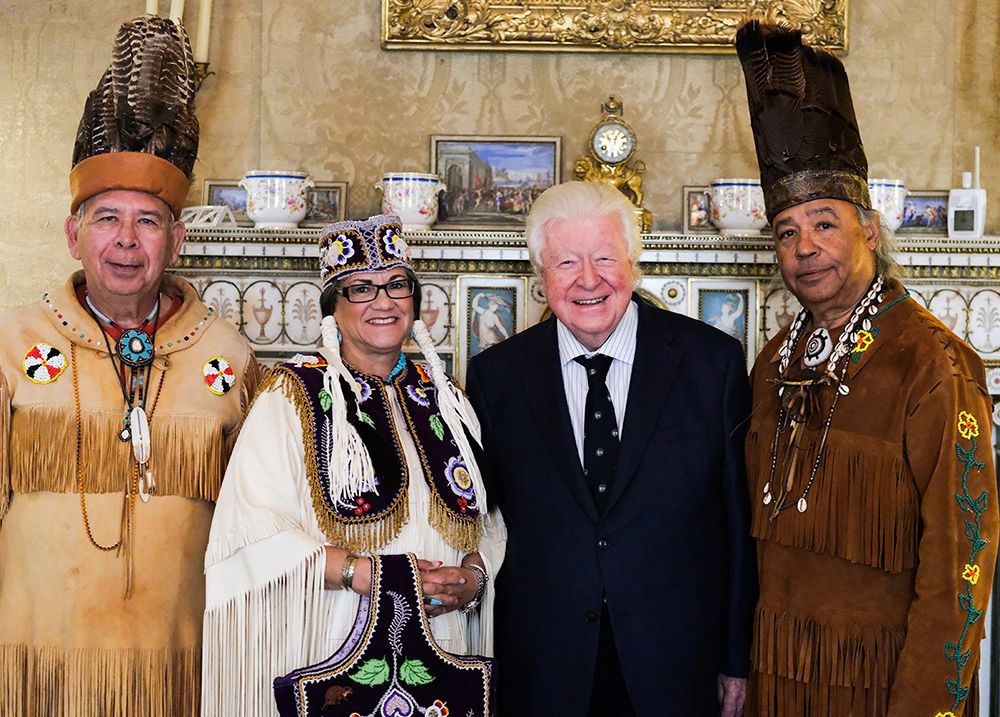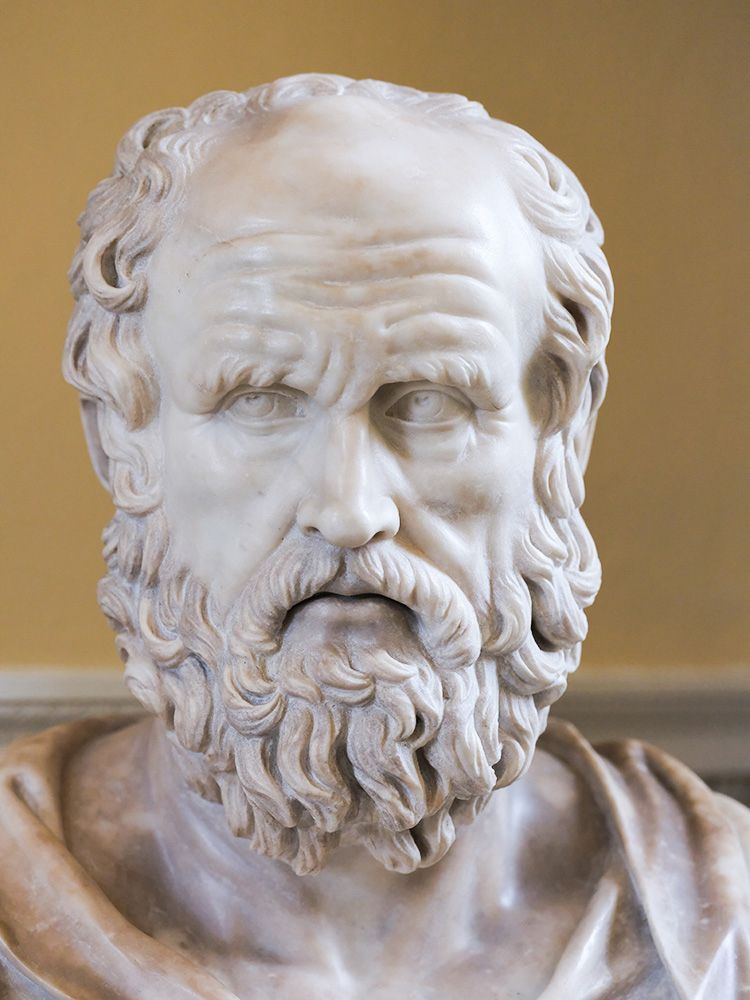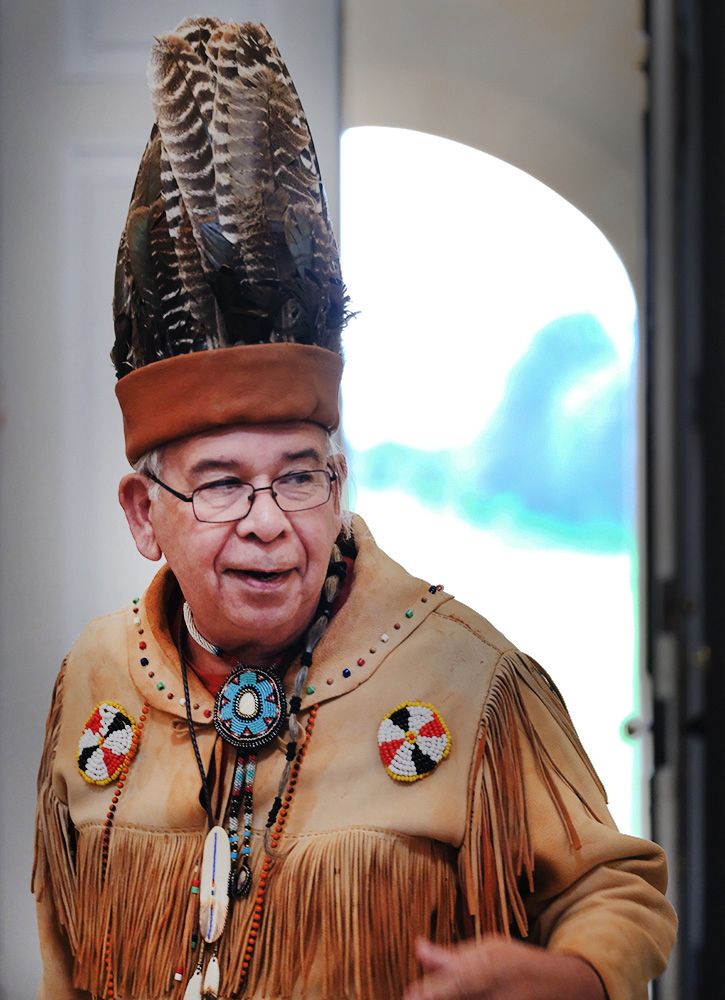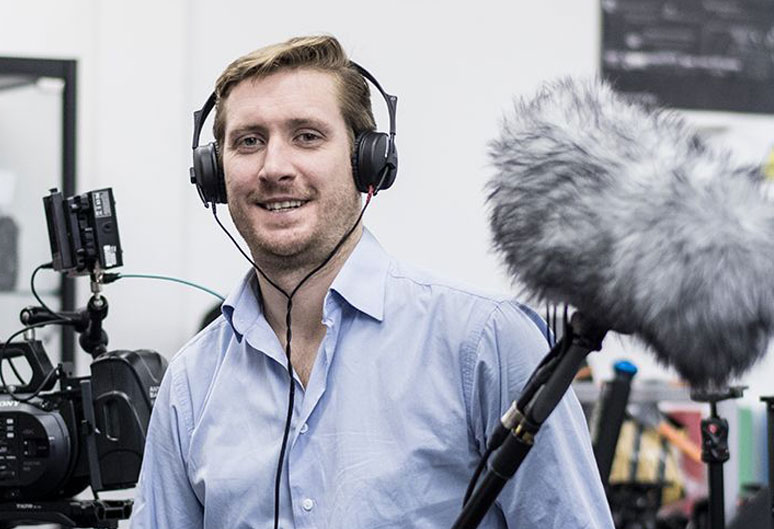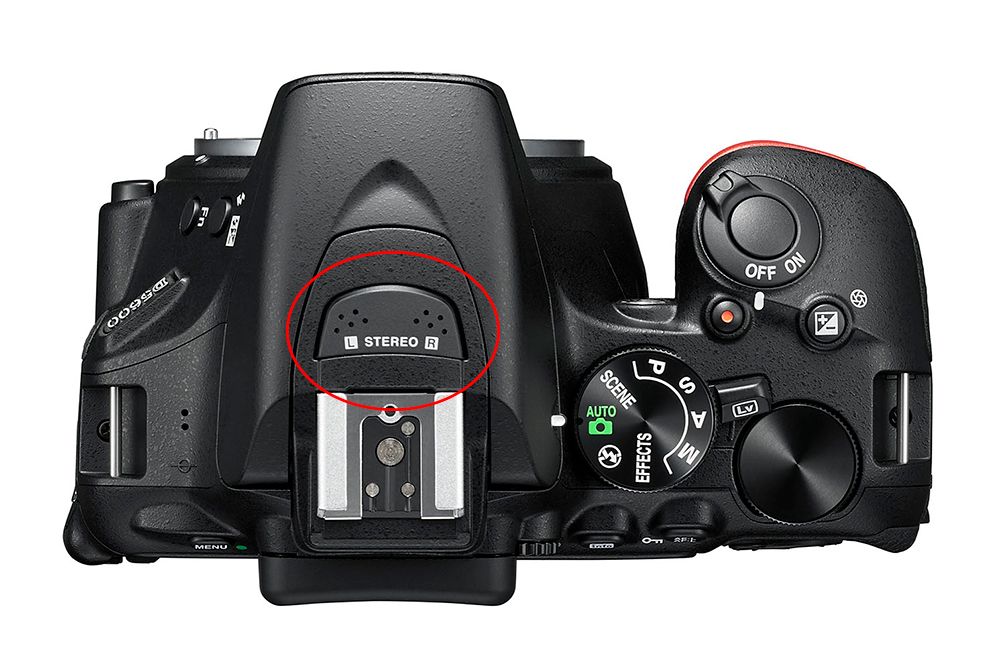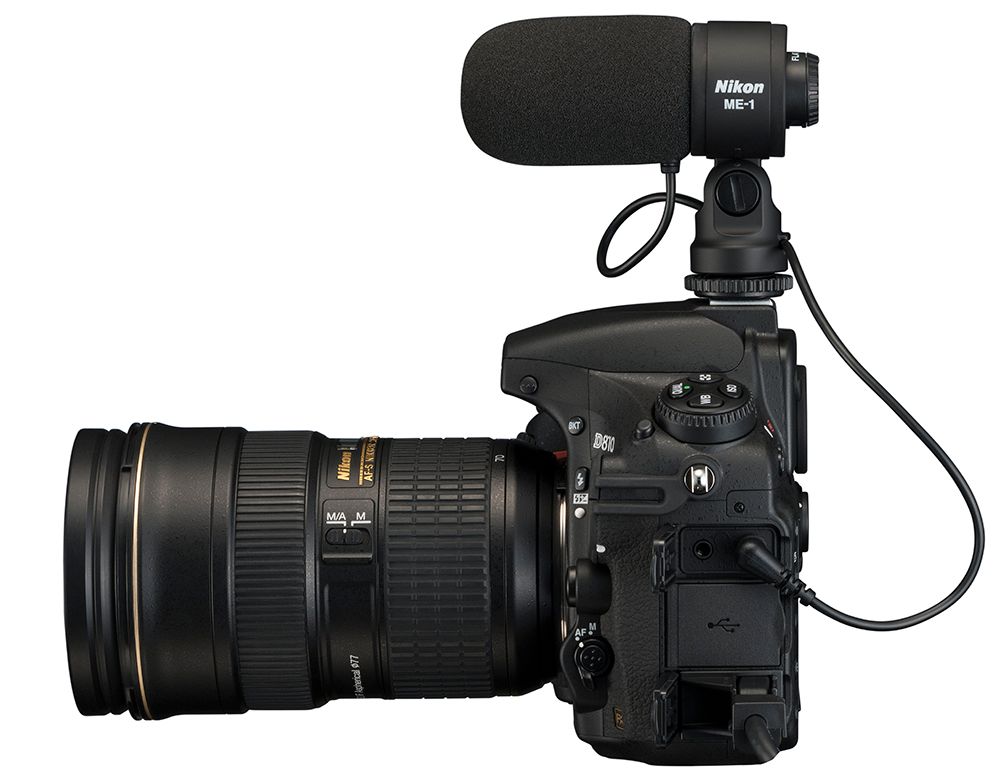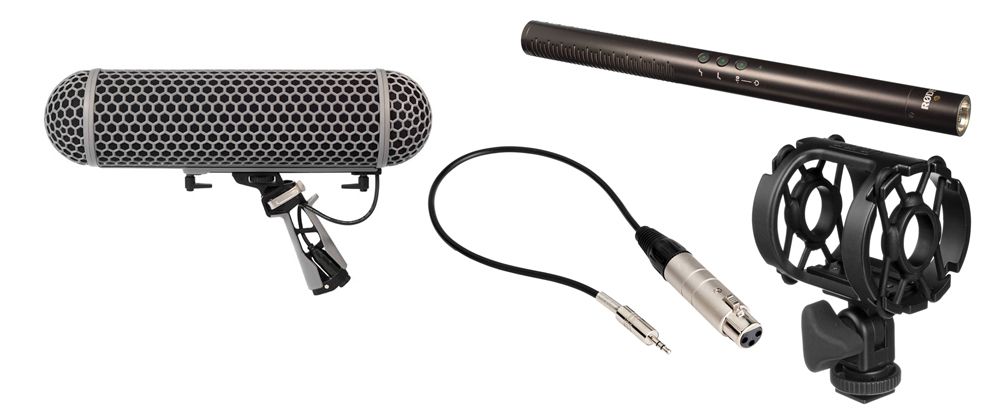Most professional photographers would be happy running their own picture agency, but London-based freelance photographer Daniel Hambury doesn’t believe in resting on his laurels.
In 2002 he set up Stella Pictures to showcase his varied range of commissions, portraits and editorial work. He then went on to set up Focus Images in 2006 – dedicated to Sports photography – offering a huge archive of images and offering live delivery of Premier and Football league shots.
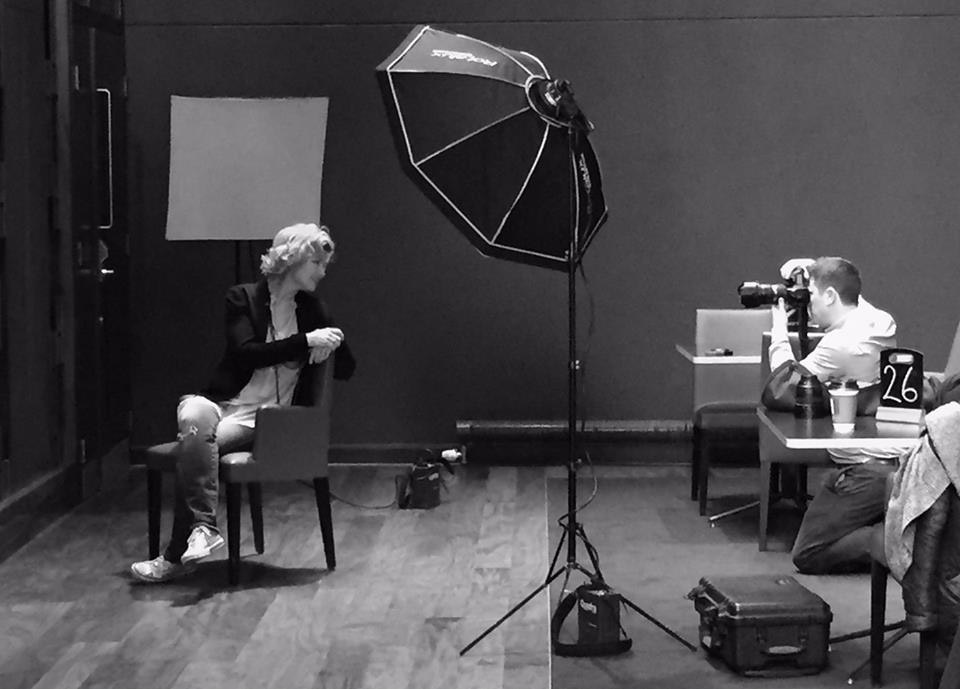 Daniel in the studio | © Matt Writtle
Daniel in the studio | © Matt Writtle
We caught up with Daniel recently over a cuppa to find out what keeps him motivated in his work.
How did you first get interested in photography?
My parents were Leica dealers. They had a shop in east London and then relocated to the Suffolk coast when I was 9 years old. I grew up surrounded by beautiful cameras.
How long have you worked as a professional photographer?
I graduated from Norfolk College of Art in 1993. An ex Evening Standard snapper called Stuart Goodman tipped me off about a local newspaper job in Cambridgeshire. I got it, and started in the November of that year; I’ve been lucky enough to earn my living with my cameras ever since.
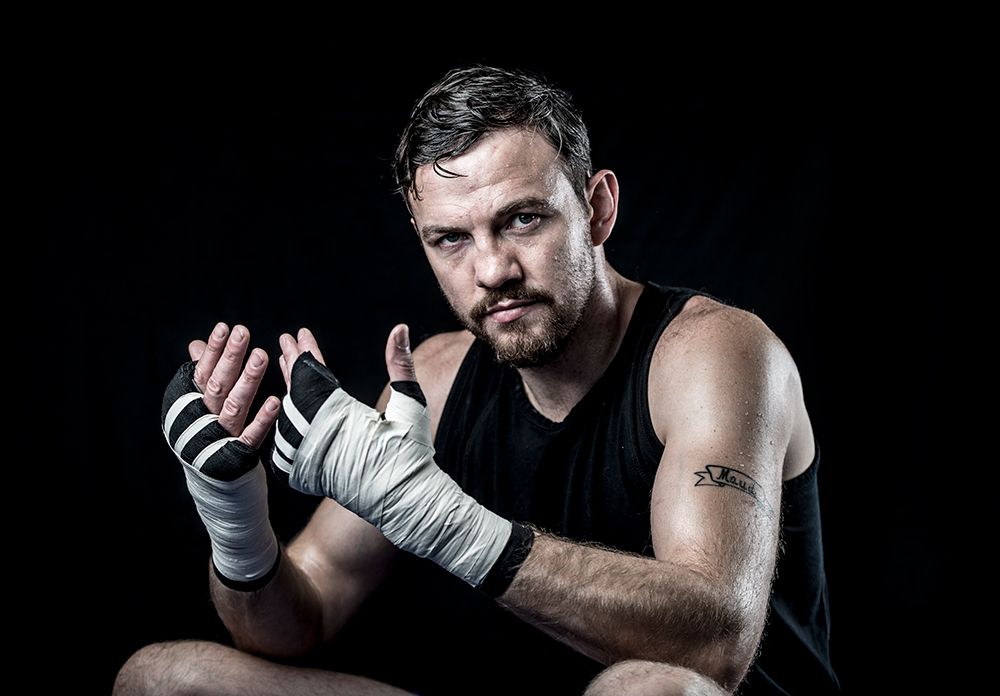 © Daniel Hambury
© Daniel Hambury
What equipment do you normally use?
I’ve shot Nikon my whole working life. I use a pair of D4s for sport with a 400mm ƒ/2.8 along side a 70-200mm ƒ/2.8 and an old D3 as a remote camera. For features/portraits I use a D810 and a D800 alongside prime lenses. I also, unsurprisingly, have a film Leica (M3) and recently purchased a M240.
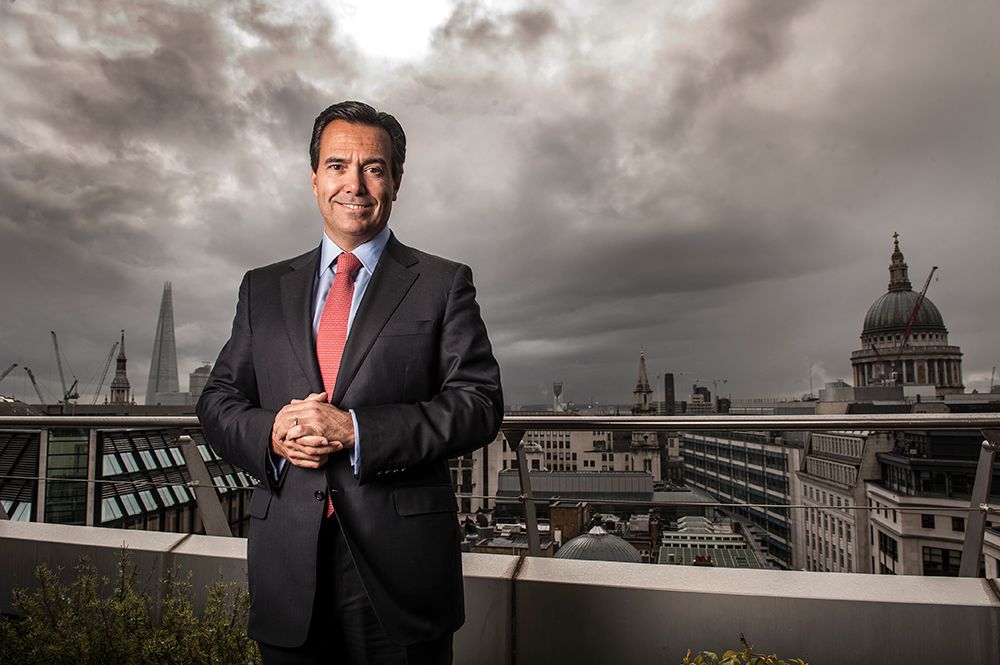 © Daniel Hambury
© Daniel Hambury
What do you enjoy most about your job?
I get the chance to shoot sport every weekend at least, which I totally adore. I love football and still play very badly each week. To be up close and personal with some of the world’s best players in the Premier League is a privilege. Of course it’s not just the top division, sometimes it’s more fun at a lower league game. The Premier League is a little ‘clean and sanitised’ whereas ‘real football’ is found in league 1 or 2.
 Scott Parker | © Daniel Hambury | PA Photos
Scott Parker | © Daniel Hambury | PA Photos
In terms of portraiture, I get the chance to spend 20-30 minutes in the company of some very high profile, interesting people. Alongside my love of sport, I very much enjoy politics and so to shoot portraits of these types of people is such a joy.
I am almost always shooting exclusively so I can engage the subject, boss them around a little and hopefully get them to open up. I learnt very early in my career that portraiture is a combined effort between the subject and myself. If they don’t buy in to my idea it shows. I feel I can talk to people from most walks of life and I honestly believe this is an essential skill in an editorial photographer’s armoury.
You take a lot of photographs on your travels. Does it sometimes feel like a busman’s holiday?
No. I would still be taking pictures of my travels even if I weren’t a pro. I’m lucky to have travelled to about 70 countries and to have my camera with me in almost all of them.
I’m a parent of two young boys now, so when they are a little older, my wife and I will undoubtedly travel with backpacks, kids, and a camera again.
 © Daniel Hambury
© Daniel Hambury
To what extent do you rely on Fixation for your work?
I can honestly say that Fixation has saved my working life on two occasions. When kit fails, which it inevitably does, I can trust Barry at Fixation to ‘just make it OK again’. His friendly nature, and world-class professional standards help me to push my kit on a yearly basis. The cameras are just the tools of my trade, so I’m not overly precious about them, which keeps Barry busy! I also buy almost all of my gear from Fixation, as I’m fully aware of how important it is to keep supporting a place that has helped me.
I’ve been a customer for a while now, since the days in Bondway, and it’s great having a dedicated sales team, with Donal and his colleagues.
As well as this, the sofas by the camera bags make for a very nice place to file from, especially when you get a nice cuppa!
 © Daniel Hambury
© Daniel Hambury
Does video feature much in your work, and how important do you think it will be going forward?
I am a massively late adopter of video. In truth the moving image seemed so complicated I procrastinated for a very long time.
Recently I educated myself a little by taking a two-day course and this has helped me lots.
The timing was great as my company was commissioned to shoot two corporate films in 2016. I hired one of my old mates, a professional filmmaker, and assisted him over the 6 and 3 days shooting respectively. I learnt so much, especially how important pre shoot is, and that sound quality is vital.
Since then, more video commissions have come in. Some smaller, which I have shot on my Nikons, and some larger where broadcast cameras were needed.
It is a very different skill from stills, and I still have lots to learn.
 Floyd Mayweather | © Daniel Hambury | PA Photos
Floyd Mayweather | © Daniel Hambury | PA Photos
Your work covers a wide range of genres. Do you have a favourite?
What I really love is the variety of my work. I shoot sport and portraits as I’ve covered but also have a large number of commercial clients alongside a charity I work for regularly. As editorial work becomes harder to maintain a living from, I need these commercial clients so I can survive in the tough market place. I am happy with a camera in my hand, and the fact I can pay the mortgage by taking pictures still means I’m very lucky.
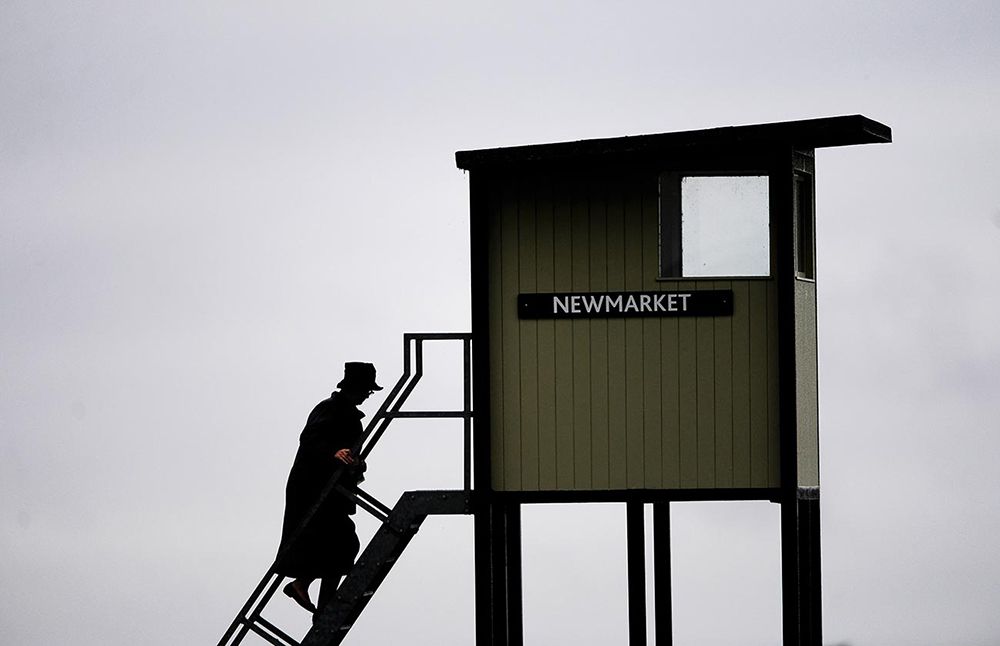 Newmarket Races | © Daniel Hambury | PA Photos
Newmarket Races | © Daniel Hambury | PA Photos
Daniel was talking to Tim Stavrinou.
To see more of his work, see Stella Pictures & Focus Images


